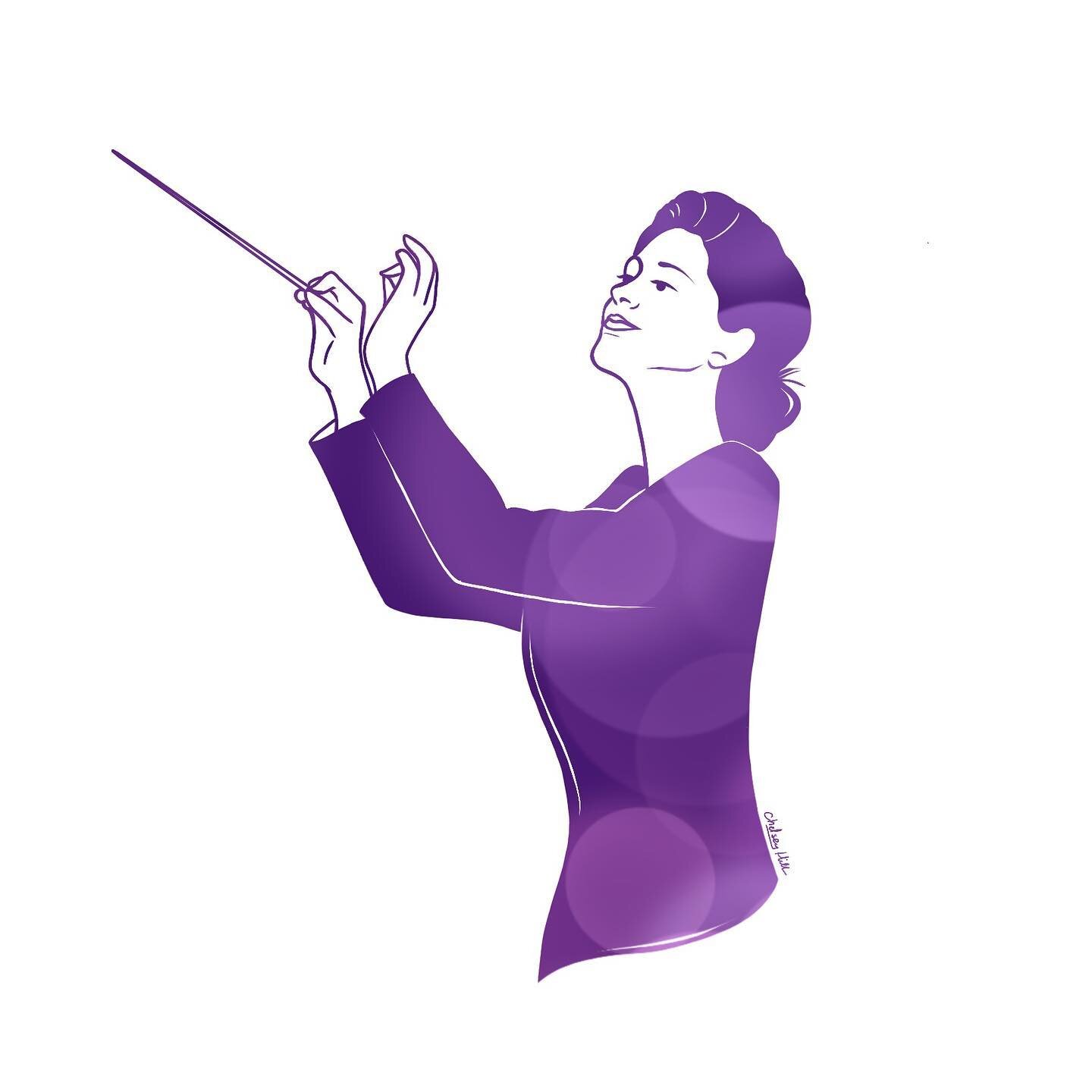THE MEDIEVAL ERA
(500-1400)
Musicians - Anonymous
A Goldsmith in His Shop (1449) - Petrus Christus
The Effects of Good Government (1338) - Ambrogio Lorenzetti
Portrait of a Lady (1460) - Rogier van der Weyden
Peasants Working - Anonymous
SACRED MUSIC
•During Middle Ages, most money, education, and resources were channeled through Catholic Church
•Monks, priests, and clerics had time and purpose to dedicate to musical training
•Music for church was written down by monks into manuscripts, providing written evidence of music tradition 1000 years later
•Most church music was in Latin
GREGORIAN CHANT
•PLAINCHANT: unaccompanied, unison (monophonic) singing of Latin prayers by monks
•Named after Pope Gregory I (540-604) who started the trend of standardizing chant text for church services
"Invitatorium: Deum Verum" (Plainchant) - Etienne de Liege
•SYLLABIC: notes moved with text syllables
•MELISMATIC: notes would change over the same syllable
•Gregorian Chant used more scales and modes than we use in Classical Music today
ORGANUM
•ORGANUM: two lines of music for the same sung text (singing in harmony)
•Began to develop in 900-1000 AD
•Originated with two lines moving in parallel motion (same direction, same amount)
•Eventually, the secondary line of music became more independent of the original line and the secondary line began to move/change more rapidly than the original line
•Eventually, a third and a fourth line were added
MUSIC NOTATION
•NEUMES: primitive “tick” marks to represent the melodic contour of a chant
•Four lines were used to keep specific track of relationship between notes
•Only represented pitch, not rhythm
ARS ANTIQUA VS. ARS NOVA
ARS NOVA
•Late Medieval Era (after 1300 AD)
•Exclusively polyphony
•More advanced notation made it easier to write longer pieces with more complex rhythms and harmonies
•Motet and 4+ voice music
ARS ANTIQUA
•Early Medieval Era (before 1300 AD)
•More monophony
•More “memorizable” music; shorter and simpler
•Two-part organum
MINSTRELS
•MINSTRELS (England), TROUBADOURS (Southern France), TROUVÈRES (Northern France), and MINNESINGERS (Germany) were secular folk singers
•Performed at court, festivals, or wandering on the road from village to village
•Singers would write music about real life, folk tales, or love
•JONGLEURS – musicians who composed music and played instruments to accompany minstrels
•Secular instruments of the time included: violin, hurdy gurdy, flutes, harps, lutes, drums, recorder
Medieval Hurdy Gurdy Music
Songs of the Troubadours
MEDIEVAL COMPOSERS
GUIDO D’AREZZO
•Italian monk and music theorist
•Created the first staff notation to write music down (replaced neumes)
•“GUIDONIAN HAND”: came up with way to keep track of music just focusing on the different segments of fingers
•Wrote music theory text that was used for hundreds of years
Ut Queant Laxis (Plainchant) - Guido D’Arezzo
ADAM DE LA HALLE
Le jeu de Robin et Marion (Musical Play 1282) - Adam de la Halle
•French trouvère, composer, poet, and musician
•Oldest example of secular composer
•Composed chansons, motets, and musical plays (precursor to opera)
Jeu de Robin et Marion (1282)
HILDEGARD VON BINGEN
•German composer, abbess (head nun), writer, philosopher, mystic, and Catholic Saint
•Wrote chants for female voice
•Composed “morality plays” to be performed by nuns (similar to Baroque oratorio)
•Powerful abbess and visionary
O quam mirabilis est (Plainchant) - Hildegard Von Bingen
GUILLAUME DE MACHAUT
•French secular and sacred composer and poet
•Leader of Ars Nova movement of polyphony
•Helped develop motet, mass, and many secular song forms
•Oldest composer with fairly complete biography and complete composed Catholic Mass
Messe de Notre Dame (Mass 1365) - Guillaume de Machaut
PÉROTIN
•French sacred composer
•Peak example of Ars Antiqua style of polyphonic writing
•Composed for the Cathedral at Notre Dame
•Only definitive information about his life derived from writings by an unidentified English scholar, Anonymous IV
Sederunt Principes (Organum) - Pérotin














